Foreword to CAPRA Initiative: Integrating Disaster Risk Information Into Development Policies and Programs in Latin America and the Caribbean
Governments in Latin America, the Caribbean and other regions face the challenge of mainstreaming disaster risk reduction into their development policies and programs. The Probabilistic Risk Assessment Initiative CAPRA team would like to present the following report that details the accomplishments and future plans of the Initiative. At its core, CAPRA is an institutional strengthening effort to integrate disaster risk information into urban development policies and programs to ensure the sustainable development of cities worldwide. Recent experiences in the region indicate that such integration may only take place if two conditions are satisfied: (a) government agencies with interest in the sustainability of urban development policies and programs have the technical capacity to generate, understand and integrate disaster risk information, and (b) agencies demonstrate institutional leadership and take ownership of the risk assessment process and results. Therefore, CAPRA provides a framework that creates an enabling environment for the mainstreaming of disaster risk reduction in infrastructure development and territorial planning. Specifically, CAPRA focuses on six sectors, which have been strategically identified as priorities areas for intervention: education, health, water and sanitation, transport, housing and watershed protection. CAPRA aims to provide these sectors with needed disaster risk information and analytical tools to identify and prioritize vulnerability reduction measures for existing infrastructure and improve building codes and construction standards for new assets. Thus, CAPRA seeks to enhance the capacity of institutions to plan and build safer and sustainable critical infrastructure. The results obtained thus far in Belize, Chile, Colombia, Costa Rica, El Salvador, Guatemala, Honduras, Nicaragua, Panama and Peru have encouraged countries in the South Asia region to use the same methodological TAP approach. Bangladesh, Bhutan India, Nepal, Pakistan and Sri Lanka have projects under development. The international community is already following the achievements of the Initiative. The 2011 Global Assessment Report on Disaster Risk Reduction published by The United Nations included for the first time seismic risk assessments for three countries that used the software platform built as part of the Initiative. The United Nations expects to progressively increase the use of the platform.
